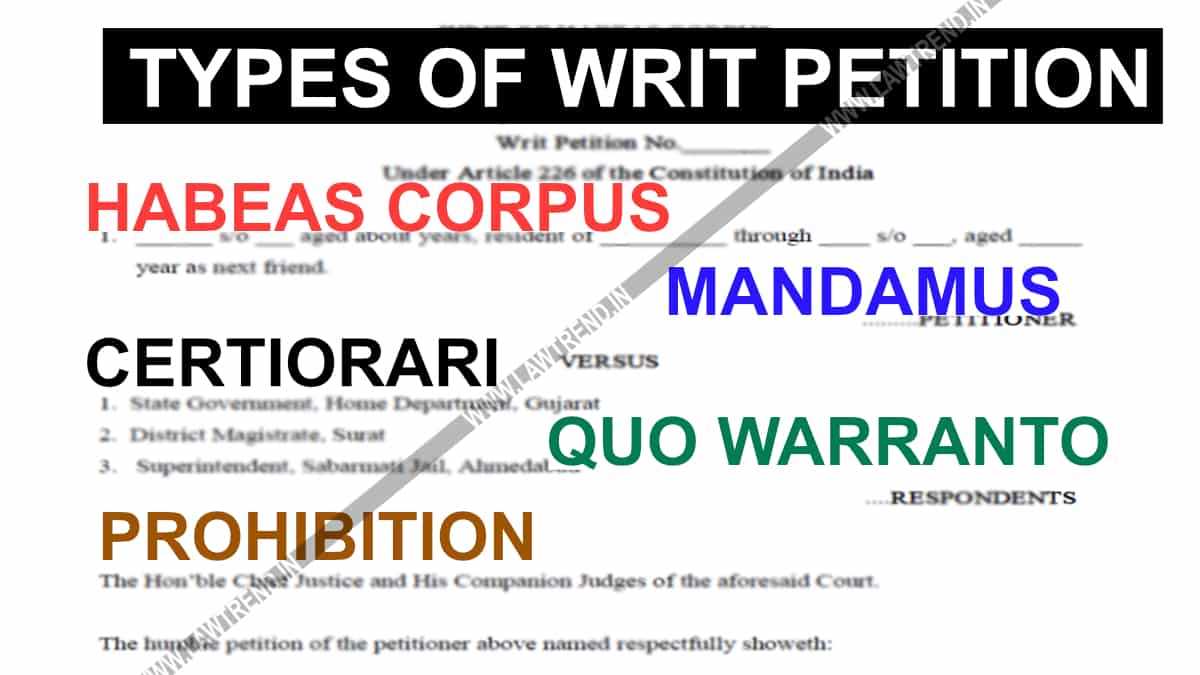What is a Writ in Law?

A writ in law is a formal written order issued by a court or other judicial authority. It is a legal document that commands a person or entity to either do something or refrain from doing something. Writs are typically used to enforce rights or provide remedies in legal proceedings.
Writs are an important part of the legal system and are used in various types of cases. They can be issued in both civil and criminal matters, and they serve different purposes depending on the situation. Some common types of writs include:
1. Writ of Habeas Corpus
A writ of habeas corpus is a legal document that requires a person who is detained or imprisoned to be brought before a court. This writ is used to challenge the legality of the detention and ensure that the person’s constitutional rights are not being violated.
2. Writ of Mandamus
A writ of mandamus is a court order that commands a public official or government agency to perform a specific act that is required by law. This writ is often used to compel government officials to fulfill their duties or to enforce the rights of individuals.
3. Writ of Prohibition
A writ of prohibition is a legal document that prohibits a lower court from proceeding with a case. This writ is typically issued when there is a jurisdictional issue or when the lower court is believed to be exceeding its authority.
These are just a few examples of the many types of writs that exist in the legal system. Each type of writ serves a specific purpose and is used to protect the rights and ensure the fair administration of justice.
Definition and Types

In law, a writ is a formal written order issued by a court that commands or authorizes a specific action to be taken. Writs are commonly used in legal proceedings to enforce rights and remedies, and they serve as a means of compelling compliance with the law.
There are several types of writs, each serving a different purpose and having its own set of rules and procedures. Some of the most common types of writs include:
1. Writ of Habeas Corpus
The writ of habeas corpus is a legal action that allows individuals who are unlawfully detained or imprisoned to seek relief from their confinement. It is often used to challenge the legality of a person’s detention and ensure that they are not being held without just cause.
2. Writ of Mandamus
A writ of mandamus is a court order that compels a public official or government agency to perform a specific duty that they are legally obligated to fulfill. It is typically used when a public official or agency has failed to carry out their duties or has acted in an unlawful manner.
3. Writ of Certiorari
The writ of certiorari is a request made to a higher court, usually an appellate court, to review a lower court’s decision. It is commonly used to seek a review of a legal issue or question of law that is of significant importance or has widespread implications.
4. Writ of Prohibition
A writ of prohibition is a court order that prohibits a lower court from continuing with a particular case or proceeding. It is typically used to prevent a lower court from exceeding its jurisdiction or acting in an unlawful or improper manner.
These are just a few examples of the many types of writs that exist in law. Each type of writ serves a specific purpose and is used in different circumstances to ensure justice and uphold the rule of law.

Emily Bibb simplifies finance through bestselling books and articles, bridging complex concepts for everyday understanding. Engaging audiences via social media, she shares insights for financial success. Active in seminars and philanthropy, Bibb aims to create a more financially informed society, driven by her passion for empowering others.
